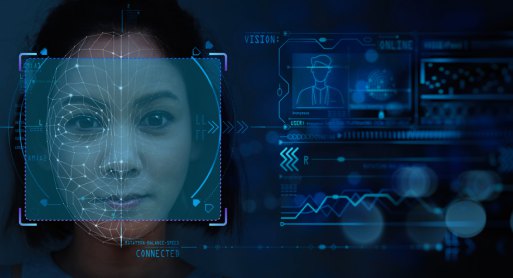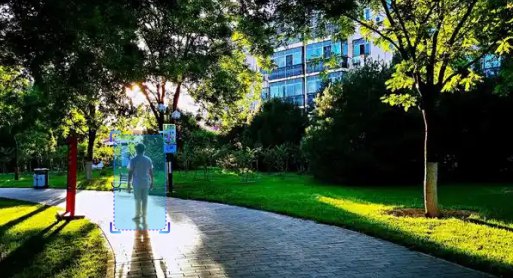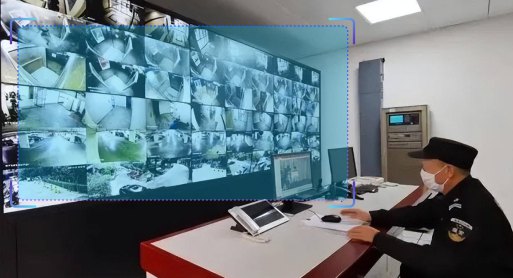
Liveness Detection

Algorithm Introduction
Silent liveness detection technology represents the current mainstream approach in liveness verification. The term 'silent' refers to the user being passively verified as a live person without requiring any active cooperation - such as performing specific actions or reading text. This technology employs deep learning algorithms that process a single image (captured by a single camera), typically either an RGB or NIR image, to output an attack probability score, ultimately determining whether the subject is a real person or a spoofing attempt (labeled as 'live' or 'fake').
- ● Modality: RGB
- ● Lighting Conditions: Primarily designed for normal indoor/outdoor lighting, strong light, low light, and backlit scenarios. Accuracy cannot be guaranteed under overexposed conditions (average pixel value >200 in facial regions) or extremely dark conditions (average pixel value
Application Value
-

Face Recognition Systems
Safeguards against spoofing attacks such as photo reproduction, video playback, and 3D masks to ensure secure identity verification. -

Financial Payments
Enables identity authentication for bank account opening and mobile payment transactions. -

Access Control & Security
Verifies that individuals passing through are physically present, enhancing security in restricted areas. -

Government & Healthcare Services
Facilitates remote real-name authentication for government services and medical insurance identity verification.
FAQ
-
Algorithm AccuracyAll algorithms published on the website claim accuracies above 90 %. However, real-world performance drops can occur for the following reasons:
(1) Poor imaging quality, such as
• Strong light, backlight, nighttime, rain, snow, or fog degrading image quality
• Low resolution, motion blur, lens contamination, compression artifacts, or sensor noise
• Targets being partially or fully occluded (common in object detection, tracking, and pose estimation)
(2) The website provides two broad classes of algorithms: general-purpose and long-tail (rare scenes, uncommon object categories, or insufficient training data). Long-tail algorithms typically exhibit weaker generalization.
(3) Accuracy is not guaranteed in boundary or extreme scenarios.
-
Deployment & InferenceWe offer multiple deployment formats—Models, Applets and SDKs.
Compatibility has been verified with more than ten domestic chip vendors, including Huawei Ascend, Iluvatar, and Denglin, ensuring full support for China-made CPUs, GPUs, and NPUs to meet high-grade IT innovation requirements.
For each hardware configuration, we select and deploy a high-accuracy model whose parameter count is optimally matched to the available compute power.
-
How to Customize an AlgorithmAll algorithms showcased on the website come with ready-to-use models and corresponding application examples. If you need further optimization or customization, choose one of the following paths:
(1) Standard Customization (highest accuracy, longer lead time)
Requirements discussion → collect valid data (≥1 000 images or ≥100 video clips from your scenario) → custom algorithm development & deployment → acceptance testing
(2) Rapid Implementation (Monolith:https://monolith.sensefoundry.cn/)
Monolith provides an intuitive, web-based interface that requires no deep AI expertise. In as little as 30 minutes you can upload data, leverage smart annotation, train, and deploy a high-performance vision model end-to-end—dramatically shortening the algorithm production cycle.






